If you are looking wholesale lighting solutions, click here.
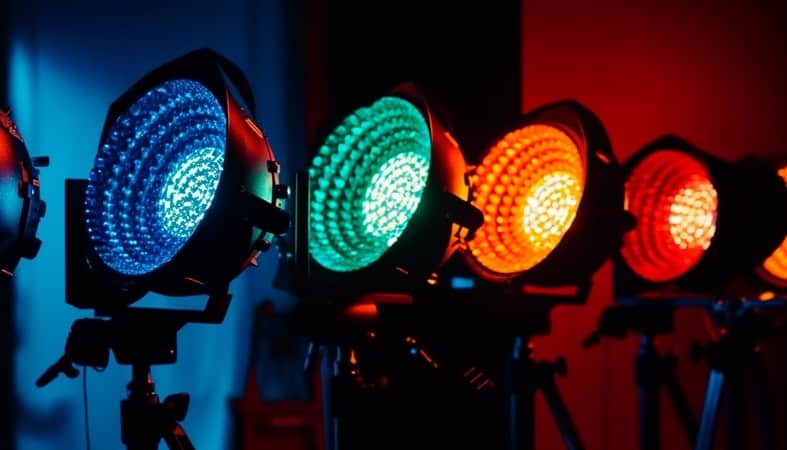
Lighting is crucial for appealing ambiance and functionality in commercial areas.
Let’s explore the differences between RGB lights and RGBW lights, and how you can choose the best for you.
We will cover a few considerations for wholesale purchases so you can make a better decision.
RGB stands for red, green, and blue. RGB LED lights create a versatile range of colors by blending these three primary colors.
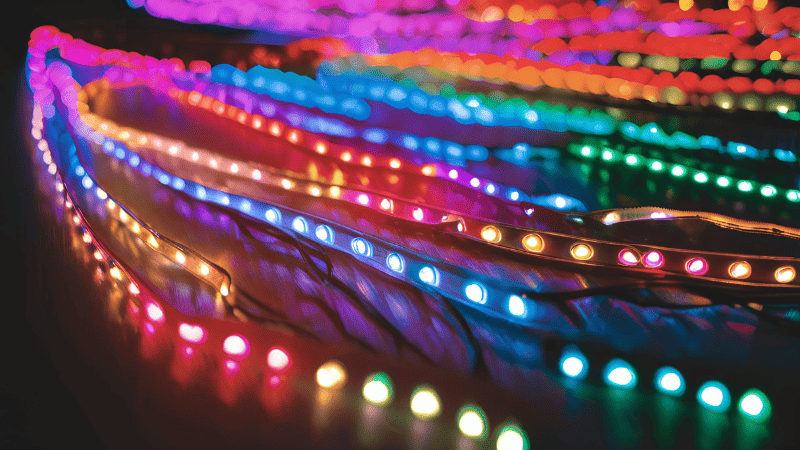
These lights can produce millions of shades and hues by just adjusting the intensity of each color, and this makes them an adaptable option.
RGB lights basically rely on the principle of the additive color mixing technique. You can produce a spectrum of colors by mixing red, green, and blue lights, and you can also produce white light.
However, achieving a white shade is challenging. Why? Because it requires a precise balancing of all the primary colors.
There are many uses for these RGB LEDs:
RGB LED offers many benefits, being more energy efficient than traditional lighting. They provide a wide color range and creative lighting designs. You can get customized lighting options that suit your specific needs.

RGBW stands for red, green, blue, and white. It is one step more advanced technology than RGB because it includes white LEDs, too.
The white LED addition allows RGBW lights to produce true white lights and a great range of other colors. This may include a bunch of soft, pastel shades.
RGBW lights blend a standard RGB LED-specific color mixing technique with a white channel.
The white LED in RGBW lights helps in enhancing the brightness and color accuracy.
Thus making it an ideal option for both true white light and vibrant color production.
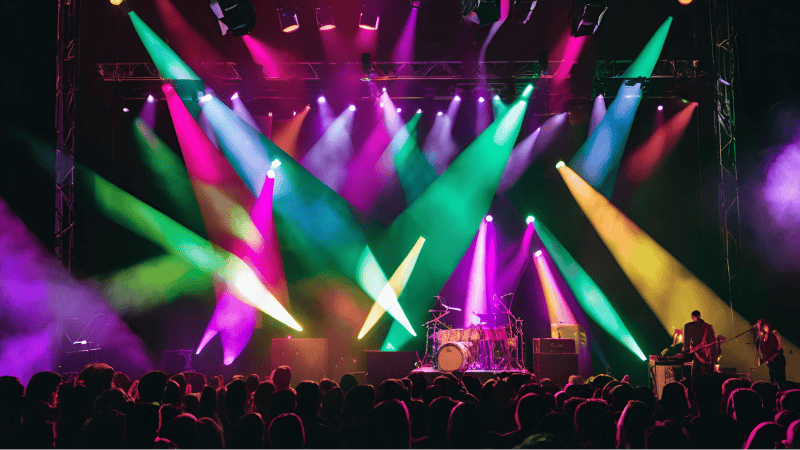
There are many applications of RGBW lights:
RGBW lights are considered a versatile choice for commercial use, mostly because of their ability to create vivid colors and high-quality white luminance.
| Feature | RGB Lights | RGBW Lights |
|---|---|---|
| Color components | Red, Green, Blue | Red, Green, Blue and White |
| White light | Simulated through color mixing | True white light from white LED |
| Energy efficiency | Efficient for colored light | More efficient for white light |
| Cost | Lower initial cost | Higher hue due to additional white LED |
| Brightness | Limited by color mixing | Brighter and more vibrant |
The main difference between RGB and RGBW lighting basically lies in their functionality and design. Here is the breakdown:
Let’s explore the key characteristics of RGB LEDs:
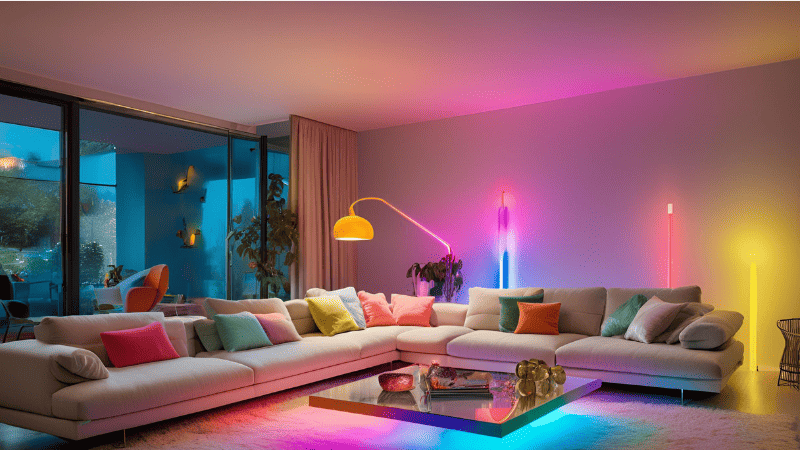
It includes three colors (red, green, and blue) to produce a wider range of tones and shades.
Using RGB color LEDs to produce pure white light is a little difficult, as it requires balanced light intensities. This procedure often results in off-white or slightly bluish tones.
RGB LEDs have less color brightness due to the absence of a white shade.
Color accuracy is excellent for many colors, but producing a true, clean white is difficult.
RGB LEDs are less energy efficient when producing white light. To attain a specific level of brightness with RGB LEDs, you might need to increase the power of the LEDs.
RGB LEDs, like LED light bulbs, panel lights, LED strips, and special outdoor lighting, are less expensive and more common.
RGBW has the following characteristics:
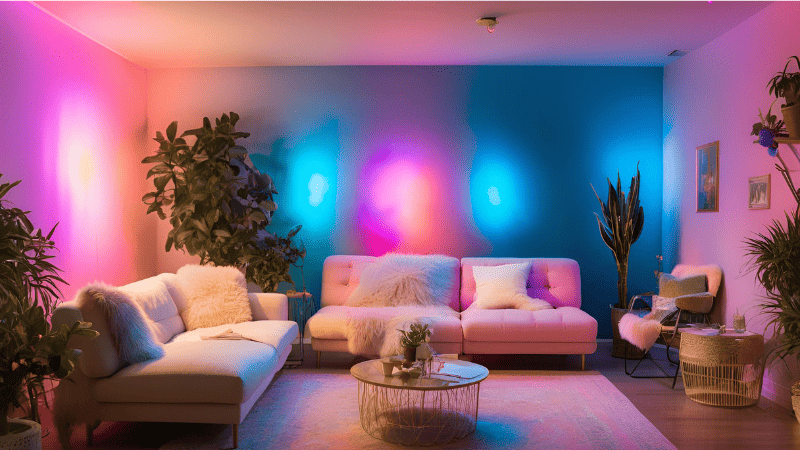
When you add a white LED to an RGB color model, it makes true white light and a wider range of colors, including soft pastel shades.
This white LED can be in warm white or cool white, both based on the desired color temperature.
RGBW delivers brighter whites and more vivid colors and is ideal for applications where color precision seems critical. Color accuracy is also superior, particularly in softer color shades.
When making white light, RGBW electronic systems use less power. While RGB LEDs use more power and light intensity. RGBW white LEDs don’t have to mix colors to make pure white color.
RGBW lights have higher upfront costs. Their long-term benefits also justify the investments, especially for commercial uses.
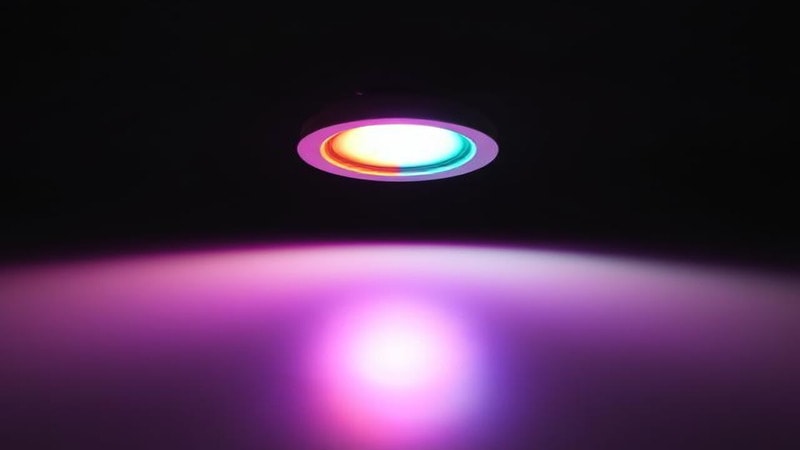
Choosing between RGB and RGBW LEDs for commercial areas affects both the aesthetic appeal and energy efficiency of that space.
If B2B purchasers are looking for the best lighting solutions, they must understand the precision of color mixing. They must also know about the useful uses of each system.
RGBW light provides many advantages when used in retail displays, event lighting, and art installations.
These LEDs generate precise white light. So, it offers more versatility for product displays or ambient lighting.
In contrast, RGB LEDs can also create white light from three primary colors—red, green, and blue. But producing white light with precision and color filters is a challenging task.
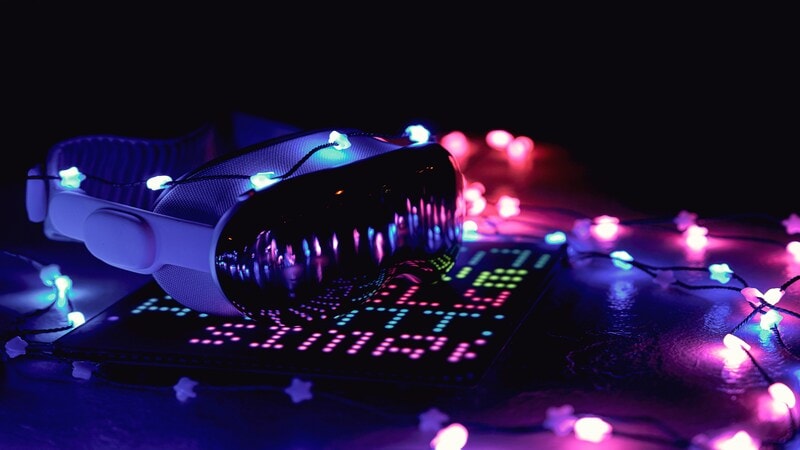
Consumption of energy is an important consideration for business-to-business purchasers.
When it comes to creating white light, RGBW LEDs are often more energy-efficient than RGB LEDs. Both RGB and RGBW LEDs are more efficient than traditional incandescent or halogen LED lights.
And support businesses in providing long-term energy and cost savings solutions.
Incandescent and halogen LEDs produce light by heating a filament until it glows. The process called incandescence results in the production of a large quantity of heat.
It consumes a lot of electrical energy that is lost and does not convert into light. About 5 to 10% of the energy is converted into light, which indicates that they are very inefficient.
There is a loss of heat equal to 90–95% of the total.
The efficiency of LEDs is far better than that of incandescent and halogen lights since LEDs convert a significantly larger proportion of electrical energy into light.
They are capable of achieving efficiencies of 70–80 percent or even higher.
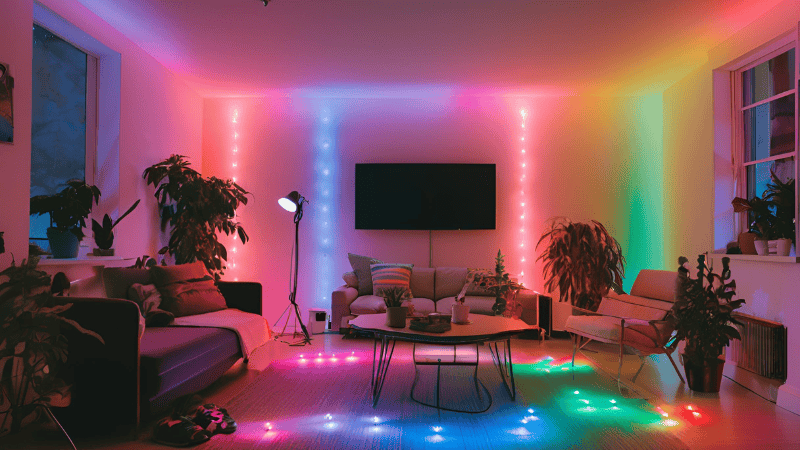
It’s important to understand the different purposes RGB and RGBW lighting serve when one considers their practical applications in business places.
People mostly use three colors of RGB LEDs for mood and artistic lighting. They’re great at making bright colors, but they don’t work well with pure white light.
So, these lights can be perfect for spaces like entertainment, clubs, and dynamic displays.
These lights generate outstanding white light and offer improved color precision. So, consider it appropriate for work-related areas and decorative lighting.
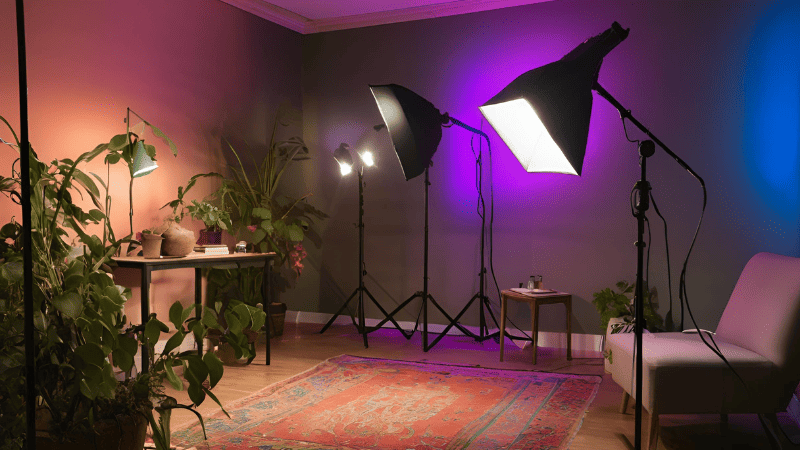
RGBW offers a sophisticated ambiance. RGB delivers vivid color lighting for event venues, including lounges and patios.
RGB offers vibrant, dynamic effects; RGBW guarantees exact color fidelity and ambiance.
While RGB improves decoration components and dynamic effects. RGBW generates real whites for product displays.
With both brilliant white light and colorful effects, RGBW is ideal for parks and outdoor eateries.
RGBW provides visual appeal and functional lighting in commercial areas and offices.
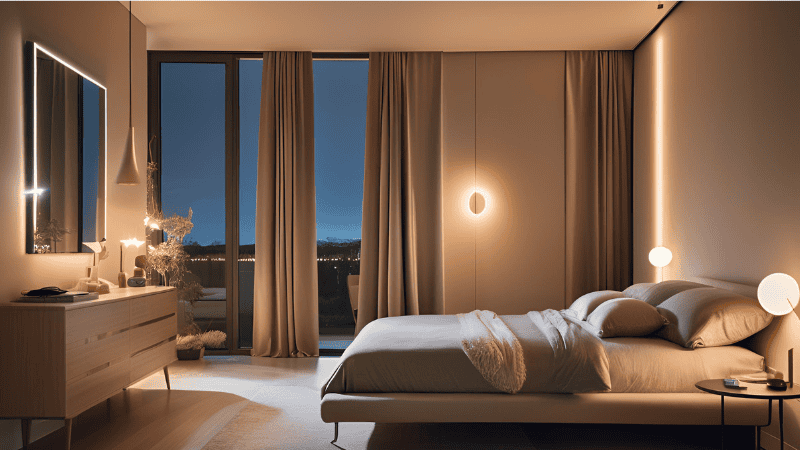
Cost, quality, and application are critical factors when comparing RGB and RGBW lighting for wholesale purchases.
RGB LED lights are typically less expensive because they are designed simply. Because they do not include a dedicated white LED light.
These LEDs are well-suited for applications that emphasize color, such as decorative or entertainment area lighting.
When you work with digital cameras or other high-end equipment, high levels of color depth are important in those spaces.
Also, the proper display of the RGBW LED system is essential.
But blending three primary colors—red, green, and blue—to create white light can lead to higher energy consumption and a less pure, tinted white light. And it could potentially affect long-term costs.
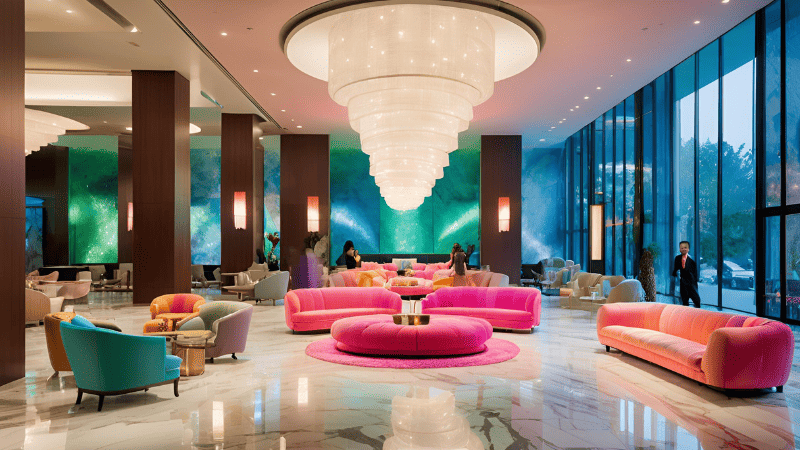
While RGBW lights incorporate a white LED that is only designed specifically for this purpose, resulting in a brighter and pure white light.
This option is more energy-efficient. This makes RGBW LEDs more appropriate for applications that require high-quality illumination, such as architectural or retail store lighting.
Although RGBW LEDs’ initial cost is higher, the light quality and energy-saving properties make it worth buying for commercial places.
RGB LEDs are more cost-effective for large-scale projects with limited budgets due to their large per-unit discounts when purchased in quantity.
Bulk discounts are also available for RGBW lights, but their elevated initial price ensures that they remain pricier in the long term.
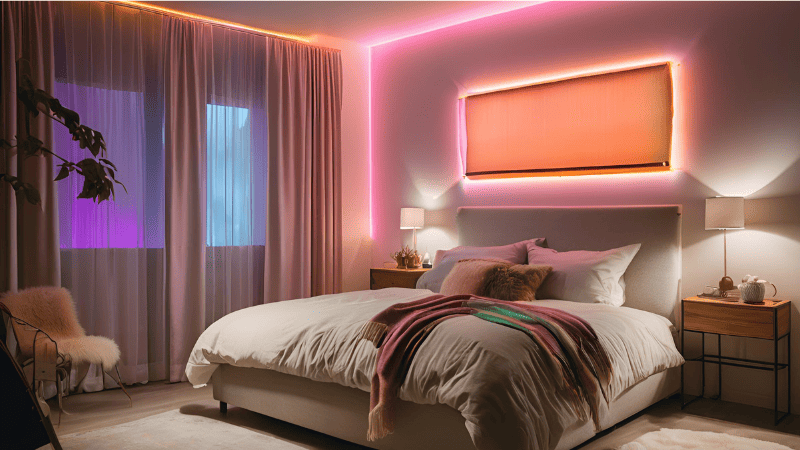
Depending on use and quality, RGB and RGBW LEDs usually have a 15,000 to 50,000-hour lifespan.
RGBW LEDs might have a slight advantage in their lifetime because the dedicated white LED reduces stress on the colored LEDs while generating white light.
RGB LEDs, on the other hand, depend on color mixing to produce white, which over time can cause individual diodes to wear out more quickly.
Temperature and humidity can significantly affect the lifetime of RGB and RGBW LEDs.
While humidity could contribute to corrosion or electronic problems, particularly in outdoor or industrial areas.
And high temperatures might cause LEDs to deteriorate more quickly.
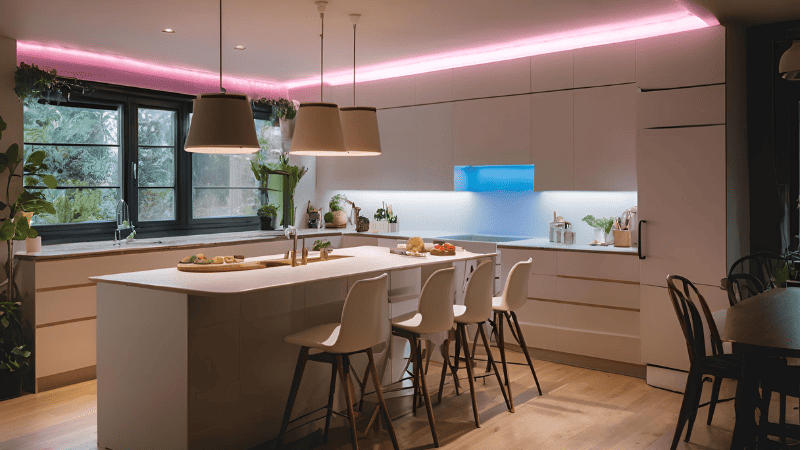
Maintaining the durability of these LEDs in demanding spaces depends critically on appropriate heating dissipation and sealing systems.
RGBW LEDs may generate less heat due to the already present white LED than RGB LEDs, which require great attention to provide white light.
RGBW LEDs are often more robust in heavy-use environments.
Their capacity to provide white light without overloading the colorful LEDs makes the components less stressed and increases their lifetime.
Furthermore, RGBW lights are preferable in highly demanded places like industrial lighting or outdoor installations. Because they frequently have superior heat management accuracy.
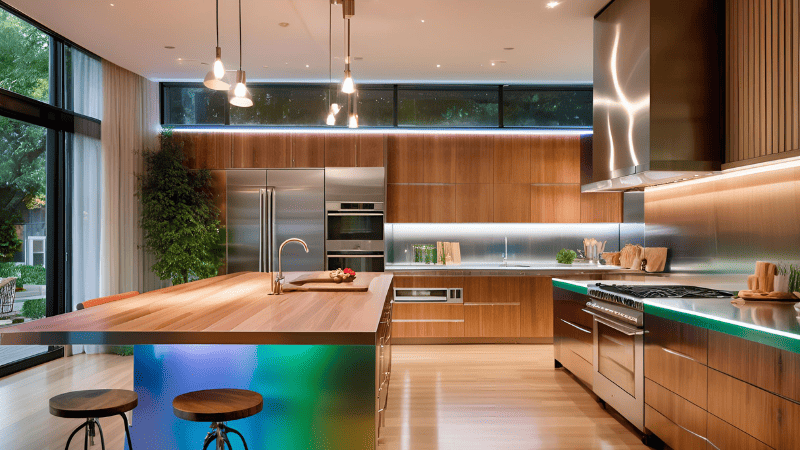
There are many customization options for RGB and RGBW LEDs. Let’s discuss a few in detail:
RGB LEDs can produce an extensive array of colors by blending three primary colors—red, green, and blue LEDs.
These lights are ideal for bold, bright lighting effects and applications where a broader spectrum of colors is required, like for concerts and parties.
Though featuring a dedicated white LED for true whites and softer pastel tones, RGBW has the same and more distinctive color range as RGB LEDs.
Because of this, RGBW lights are better for places that need both bright and high-quality white light, like outdoor lobbies, stores, or hotels.
Both RGB and RGBW LED lights can be converted into various forms, sizes, and fixtures. For example, RGBW LED strips, panels, or LED light bulbs to suit individual project requirements.
RGBW LEDs are especially useful for designing those areas that need precise white light, such as architectural or task lighting.
Businesses have the option of collaborating with suppliers to develop customized solutions, such as curved strip lights, modular panels, or specialized LED bulb options.
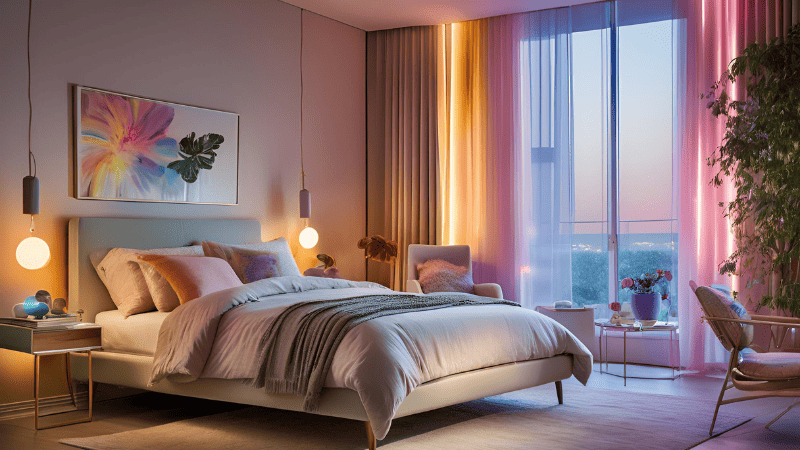
Both RGB and RGBW LED systems can be privately labeled, enabling businesses to mark products for resale or the installation process.
Customization in packaging with logos, branding, and product information helps suppliers build a consistent brand experience.
Selecting the correct LED lighting system requires a comprehensive awareness of your business’s needs. RGB shines on dynamic color screens and is perfect for entertainment venues.
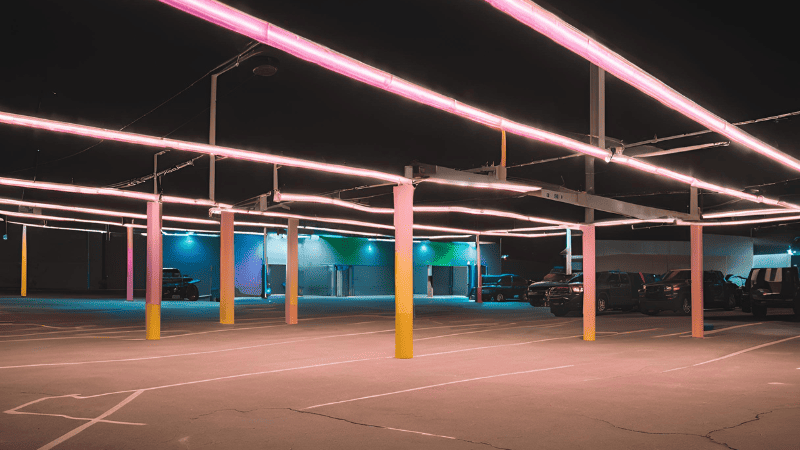
RGBW gives flexibility with both vivid colors and useful white light for commercial areas like businesses, retail shops, and display galleries.
RGBW’s energy conservation and durability can provide superior value for long-term applications.
Consult LED lighting providers for personalized guidance based on your space, budget, and objectives.
They can help you through installation and customization to make sure you choose a system best suited to your operating goals and maximize your surroundings.
RGB and RGBW light bulk purchasing and wholesale buying need strategic planning and supplier selection. Consider these factors before ordering in bulk:
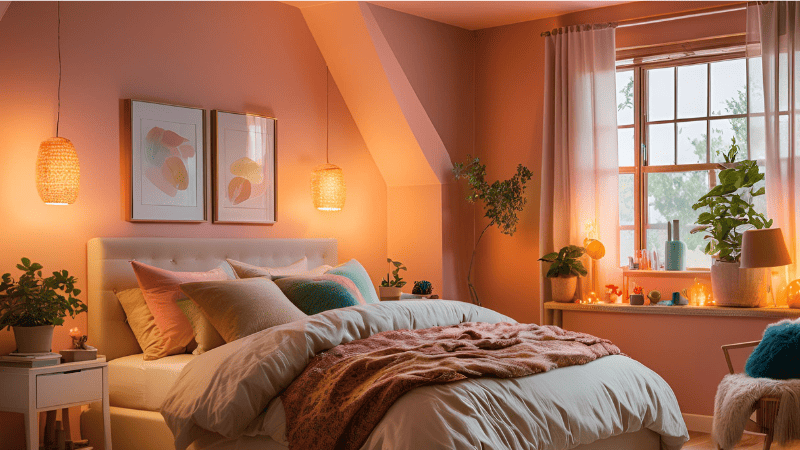
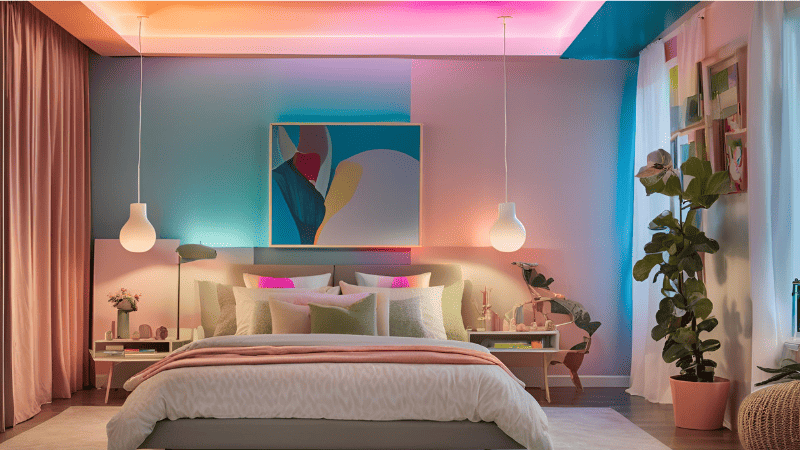
The LED lighting market is changing rapidly due to RGB and RGBW technology advancements.
These advances improve lighting system performance and efficiency and increase their use in residential, business, and entertainment areas.
Future RGB and RGBW LEDs will have improved color accuracy and brightness due to developments in LED chip technology.
These improvements will make commercial and residential lighting brighter and more realistic.
Integrating RGB and RGBW lights with smart home systems and IoT devices will change lighting control.
Voice control, app-based handling, and automation let users customize lighting scenarios. Daytime, mood, and activity might automatically alter lighting.
As sustainability becomes a priority, LED technology will minimize energy consumption and increase RGB and RGBW LED lifespans.
These LEDs will become more eco-friendly and cost-effective for large-scale commercial applications.
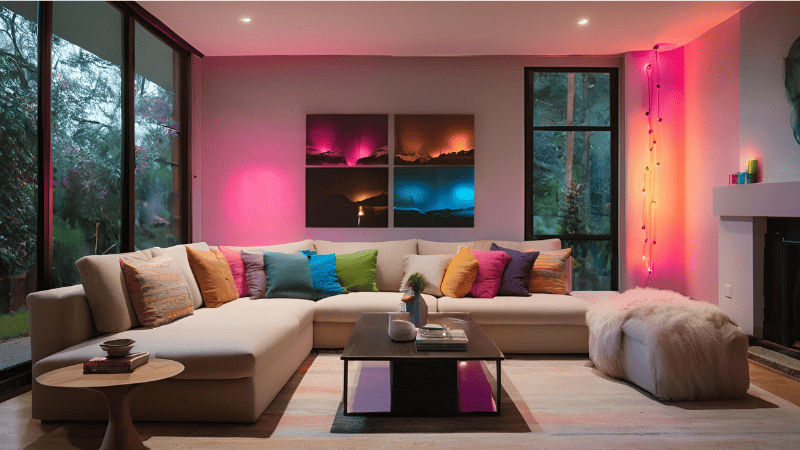
RGBW lighting is popular in high-end locations like museums, retail shops, and corporate offices for its brilliant colors and true white light.
Its efficient energy use and versatility make it ideal for immersive and practical settings.
RGB lighting dominates concerts, theaters, and gatherings.
RGB LEDs might enhance immersive VR and AR experiences with dynamic lighting effects in the future.
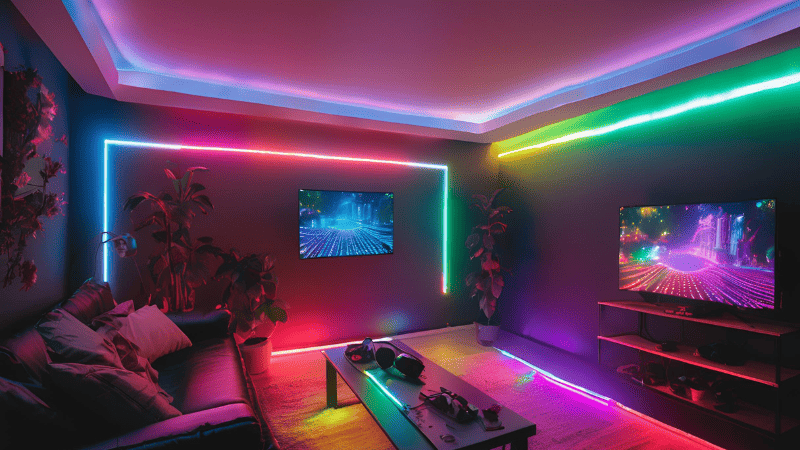
RGB LEDs are great for creating vibrant color displays, making them perfect for entertainment and decoration. However, they’re not the best at producing true white light.
On the other hand, RGBW offers both colorful lighting and functional white light, making it ideal for spaces like retail stores, hotels, and offices. It’s also more energy-efficient and flexible.
To find the best lighting solution for your business, it’s a good idea to reach out to trusted suppliers for a personalized quote and more information.
When you talk to us, Risun Corp, you’ll get more than just a product catalog — you’ll get a partner who understands your project. We’ll help you choose the perfect RGB or RGBW solution, unlock better wholesale pricing, and design lighting that makes your space stand out.
Reach out today — and see how the right lighting can save you costs, boost efficiency, and give your business the professional edge it deserves.
Comprehensive Lighting Solutions for MRO Wholesalers and Professionals
send your inquiry
Hi, I'm the author of this post, and I have been in this field for more than 15 years. If you want to wholesale lighting fixtures or lighting related product, feel free to ask me any questions.
Learn More >>Download our catalog to view all of our lighting products.
Ready to get started ?
Send Your InquiryOur team will get back to you promptly

please
download
Get notified about new products
Our team will get back to you promptly!
Add your first comment to this post